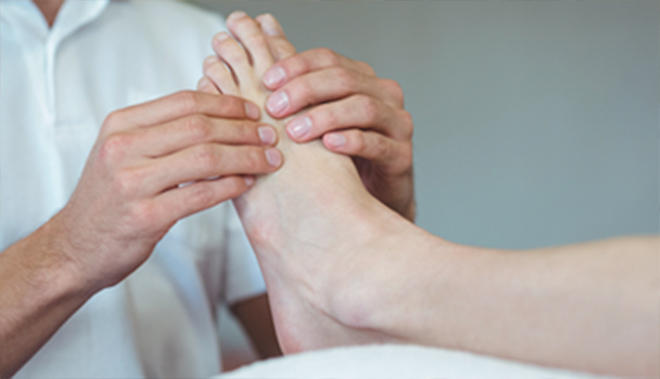
20 Feb Bruised Toenails: A Common Nail Injury of Ballet Dancers
If you are a ballet dancer on pointe issues involving the toes are probably nothing new. Considering that your entire body weight is balanced on your toes while dancing, it’s no wonder that your feet and toes look like they’ve taken a beating. Dancing on your toes day after day puts tremendous stress on the toes, and that stress is sometimes evident by the appearance of the toenails. Because of the pressure placed on the toenails while on pointe, some dancers develop bruising of the nails. Bruised toenails can cause intense pain (not to mention an unsightly appearance) for dancers.
What Are Bruised Toenails?
A subungual hematoma, or bruised toenail, is simply bleeding under the toenail. A bruised toenail can cause intense, throbbing pain and as blood collects underneath the nail. Despite the pain and ugly appearance, a bruised toenail is usually nothing to be overly concerned about.
What Causes Bruised Toenails
If you drop a heavy object onto your toenail, you will probably develop a noticeable bruise or bleeding, underneath your nail. When the bruising is caused by dancing on pointe, however, it is usually the result of repeated pressure to your nail. Pressure strong enough to cause bleeding may be caused by poorly fit pointe shoes or incorrect alignment of the feet. Tiny blood clots form under the nail, causing pain to the dancer as the toenail is lifted away from the nail bed. In extreme cases, a portion of the nail can eventually be lost.
How to Deal With Bruised Toenails
If you develop a bruised toenail, it will probably begin as a small darkened spot on the top of your nail. The spot will continue to grow as you continue dancing on pointe. If pain develops, you may need to see a podiatrist who will be able to puncture the nail in order to drain the blood that is pooled underneath.
After draining the nail, it’s a good idea to apply rubbing alcohol to the entire nail for a few days in order to prevent infection. Also, give yourself a few days free of pointe shoes to allow proper healing. When you do begin dancing on pointe again, use medical tape and toe pads to cushion the nail.
How to Prevent Bruised Toenails
To help prevent bruised toenails, keep your nails trimmed fairly short. Long toenails can actually wrap around to the top of the toe while on pointe, causing too much pressure on the toenail. Also, trying a different type of toe pad may be a good idea. It sometimes takes years for a dancer to figure out the perfect balance of pointe shoe padding for her particular foot. Strengthening your feet will also help to prevent undue stress on your toes. If your feet are weak, you may be compensating by knuckling your toes, causing to much pressure on your nails.
Following are a few tips to keep your toenails bruise-free:
Keep your toenails trimmed to the edges of your toes.
Avoid knuckling your toes while on pointe. Try using the strength of your core to pull yourself up and out of your pointe shoes. Never “sink” into your shoes.
Make certain that your pointe shoes are the correct size for your feet. Schedule a pointe shoe fitting with a professional to find out exactly which style of pointe shoe will best benefit your particular feet.
Reference: by Treva Bedinghaus, Bruised Toenails: A Common Nail Injury of Ballet Dancers
Book a FREE ASSESSMENT Today

We are located inside BRINDABELLA PODIATRY in Tuggeranong. If you would like more information or advice regarding your ingrown toenail, please email or call and ask to speak with a Podiatrist. We look forward to solving your ingrown toenail problem.




